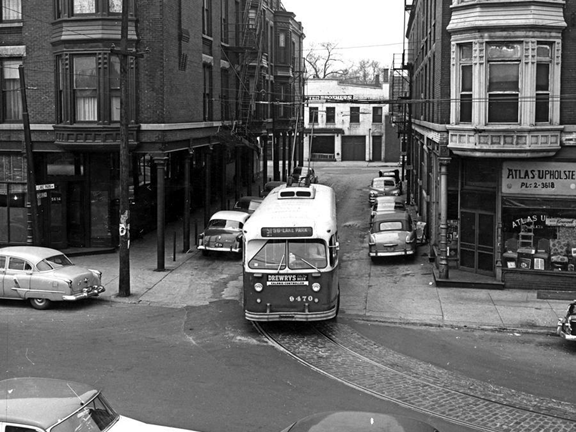This past Saturday the Hyde Park Historical Society, housed in a restored cable car station on Lake Park Avenue, opened its doors to look back at a spring day in the neighborhood seventy-five years ago.
Beginning on April 1, 1940, census-takers across the United States were paid eight cents per house and two cents per name to collect information such as the names, home addresses, and occupations of every citizen. Seventy-five years later, the individual responses from this census are the latest available, due to a law that prevents the release of data for seventy-two years after it’s collected. Carol Vieth, HPHS’s volunteer chair, sorted through these records to reconstruct what Hyde Park might have looked like on that day.
Census data was often far from precise. The answers on the cramped, handwritten charts were self-reported and unverified, and much of the employment information was, in Vieth’s words, “aspirational” at best. Still, she managed to tease a rich and personal history out of the rows of data, forgoing generalizations and sweeping statements in favor of the stories of the people and place they reflected.
Vieth presented these stories on Saturday. A few long-time Hyde Park residents, whose names Vieth had found scribbled on the census records, presented memories of their homes and families in 1940 as well. Together, the stories formed a picture of a very different Hyde Park—a neighborhood shaped by racially restrictive housing covenants, populations of Jewish and Russian refugees, trolley cars, and ample parking.
To most of the audience, the Hyde Park of the 1940s was the familiar—if distant—locale of childhood memories. Anita Jones Garrison recounted a dream she’d had while three years old and living at 5624 S. Lake Park, the year before a census-taker jotted down her name. She recalled a red tricycle that she was allowed to ride up and down the block, but never across the street.
“But I always wanted to go across the street because of the man who sold roasted peanuts over there,” she explained. “I distinctly remember this dream—I was on my trike and I crossed the street and was buying peanuts under the train tracks on 56th, and I heard the sound of traffic coming north. I woke up just in time.”
“The visitor of today would have found the Hyde Park of twenty or thirty years ago an exciting, if alien, place,” Vieth read from a Daily News piece by Jared Shales, a 1978 reflection on changes in the neighborhood. “The congestion, the conflict, the cultural bustle and the plain human dirt of 55th Street had a charm that never can be compensated for by green grass, yellow lights, and flashing private patrol cars.”


Thank you to Lewis Page and the South Side Weekly for coverage of our program at the Hyde Park Historical Society on May 2. Well done!